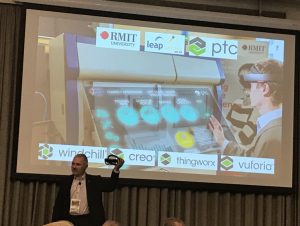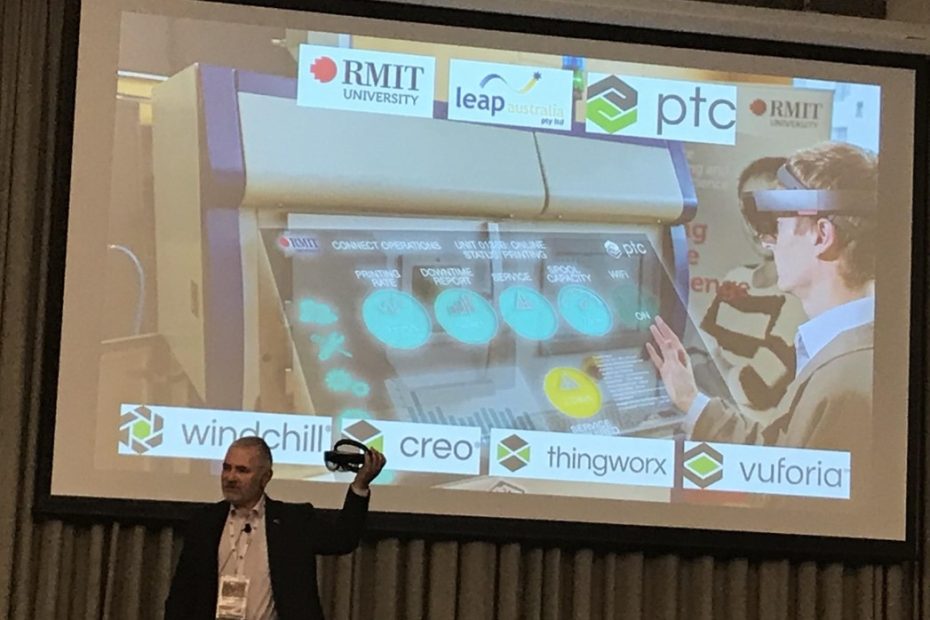In this guest post, Mark Raphael, Industry Engagement Manager at RMIT University, provides his insights from the AMTIL 2017 National Conference – “Manufacturing’s Future in a Digital Age”.
 On Tuesday 14 November I took part in a panel session at the AMTIL 2017 National Conference to respond to the question: “How to Train the Next Generation Workforce?”. Understanding the characteristics of the Next Generation Workforce is of course crucial in answering this question.
On Tuesday 14 November I took part in a panel session at the AMTIL 2017 National Conference to respond to the question: “How to Train the Next Generation Workforce?”. Understanding the characteristics of the Next Generation Workforce is of course crucial in answering this question.
The Next Generation Workforce will be made up of post-millennials or “Linksters”; those born after 2002. The Linkster Generation (so called because they are linked into technology from day they are born) have grown up with social media, smart phones, apps and pervasive wi-fi. Video games have introduced the Linksters to the visual language of three dimensional digital technologies that have changed the way that humans interact with computer systems.

To converse with a Linkster workforce, we are going to have to engage them by speaking their language. At RMIT University, we are going to train the Next Generation Workforce using Next Generation instructional tools like PTC’s ThingWorx Studio Augmented Reality (AR) authoring software, supplied and supported by our valued partner, LEAP Australia.
AR has three core characteristics that we at RMIT are keen to harness:
to visualize,
to instruct & guide, and
to interact.
At its core, the power of AR as a training tool grows out of the way humans process information. 80% to 90% of the information humans get is accessed through vision. AR provides in context, real-time, step-by-step, visual guidance to learners. Complicated 2-D schematics in a training manual become interactive 3-D holograms that walk the learner through the training process. AR takes the user interface to a whole new level. A virtual control panel can be superimposed directly on the device being explored and operated using an AR headset, hand gestures and voice commands.
Given that 80% to 90% of the information humans get is accessed through vision, I provided the AMTIL National Conference participants with a personal opportunity to experience AR first hand through the Harvard Business Review’s AR app and the specially created diagrams that are featured in an article published in the current edition of HBR: “Why Every Organisation Needs an AR Strategy”, published by Prof Michael Porter, Harvard University and James Heppleman, President and CEO of PTC.
If seeing is believing, I am sure the participants at this year’s AMTIL National Conference became instant believers when they experienced the power of AR in their very own hands.
Click here to learn more about cutting-edge R&D conducted at RMIT University and to contact RMIT’s industry engagement team.


